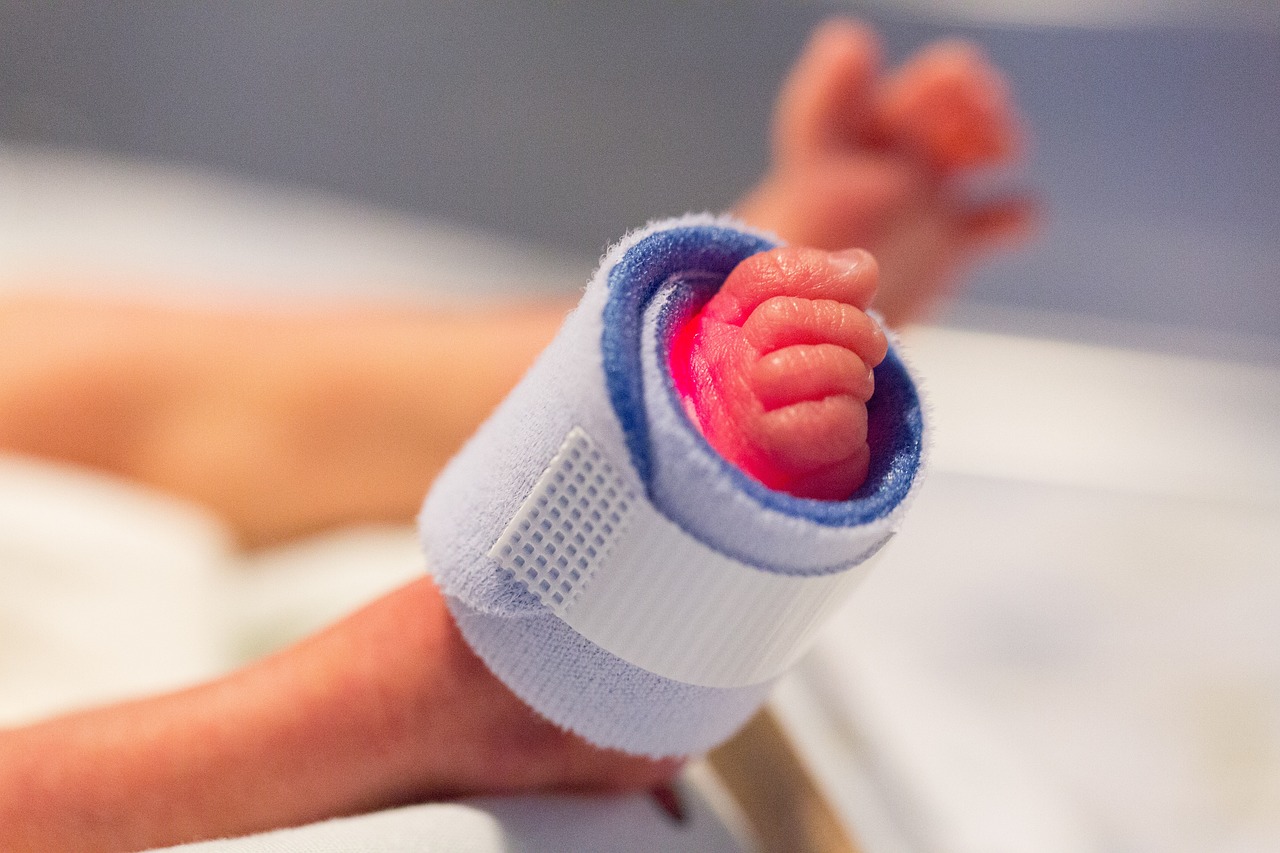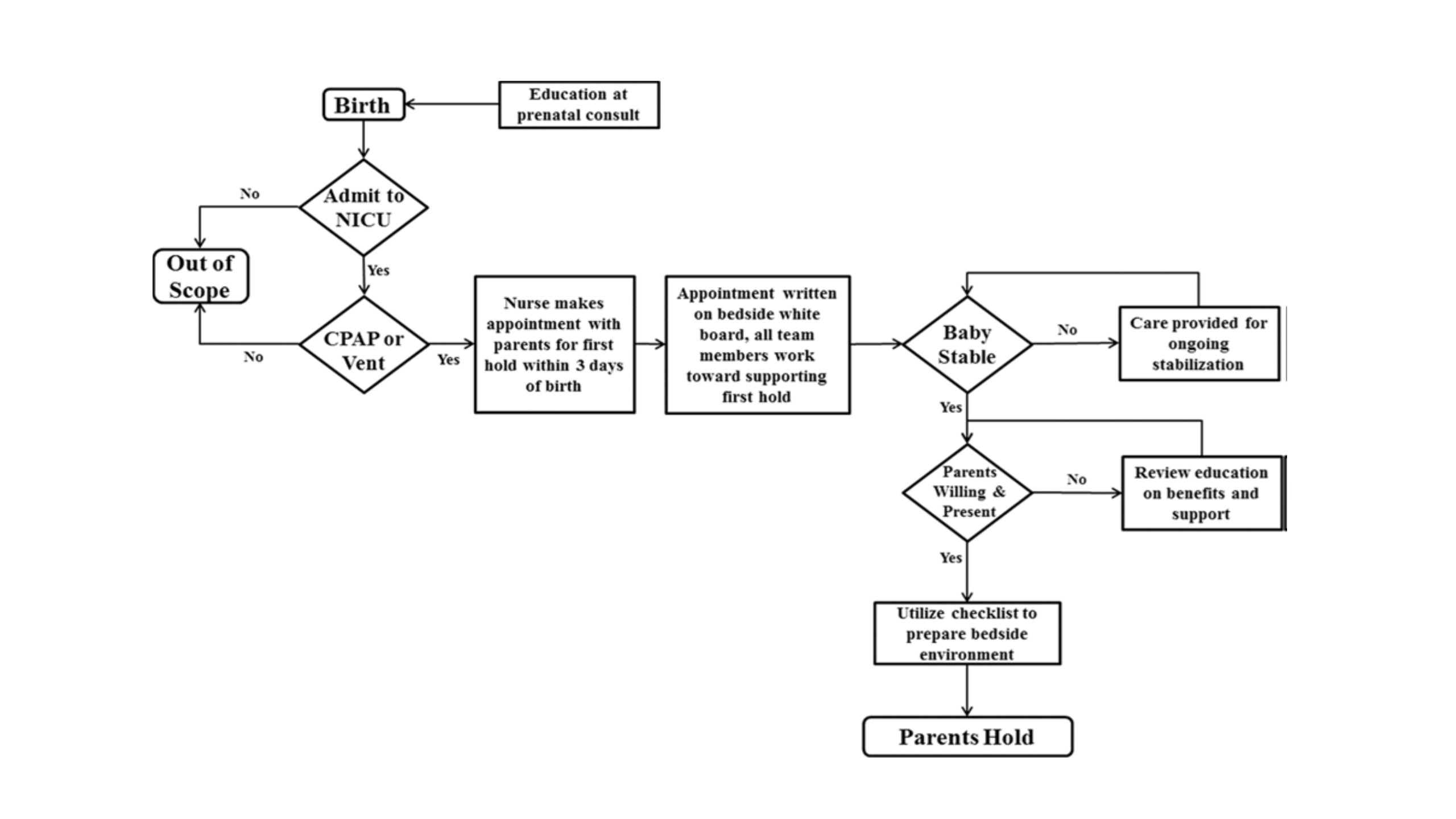World Prematurity Day - Significance and Challenges
The global theme for
World Prematurity Day 2023 is:
small actions BIG IMPACT: immediate skin-to-skin care for every baby everywhere
Skin-to-skin contact has been proven to be extremely effective for every baby, especially for premature babies.
Initiated right after birth, the practice of skin-to-skin contact contributes to the baby’s awareness of touch and affection, playing a pivotal role in starting and sustaining breastfeeding.
What’s the significance of World Prematurity Day 2023 ?
World Prematurity Day 2023 celebrates the importance of skin-to-skin contact between the baby and mother, which is essential for providing loving and sensitive care for the baby, much needed for their development.
The focus is on encouraging neonatal units to encourage and enable parents to bond with their premature babies through touch, particularly via skin-to-skin holding (Kangaroo care).
The significance of World Prematurity Day 2023 lies in raising awareness about premature birth and encouraging preventive measures and research.

- Awareness about preterm birth
Premature birth is a stressful experience for both the parents and the family of the baby. Neonates born preterm are exposed to both short and long term respiratory morbidity, which is the hallmark complication of prematurity. Abrupt discontinuation of lung development process (i.e., preterm birth) results in a premature and immature functional lung, commonly presenting as neonatal respiratory distress syndrome (RDS) and its later complication, bronchopulmonary dysplasia (BPD), with increased incidence and severity with decreasing gestational age.
Compared to term delivery, birth before 32 weeks’ gestation (whether extreme or very preterm) carries a 2.0-fold risk for long-term respiratory morbidities like asthma, obstructive sleep apnea, and pleural disease; while birth at moderate to late preterm (32 to 36 weeks) carries a 1.3-fold risk for long-term respiratory morbidity.
Other comorbidities associated with premature birth are intraventricular haemorrhage, periventricular leukomalacia, retinopathy of prematurity, patent ductus arteriosus, necrotising enterocolitis, feed intolerance and sepsis.
A growing body of evidence suggests that infants born between 32+0 weeks to 36+6 weeks also have higher risks of later childhood morbidity and disability, including cerebral palsy, poor school performance, early intervention services, special education needs, and asthma.
- Reinforcing premature birth preventive measures
Prevention of preterm birth remains a focus for healthcare in the Kingdom of Bahrain.
The primary preventive measures of preterm birth include- periconception education on healthy diet, public and professional policies (e.g. paid maternity leave), nutritional supplements and smoking cessations.
The fact is, >50% of preterm births occur in women without obvious risk factors. Studies have shown that, the number and gestational age of previous preterm births were the strongest clinical predictors for subsequent preterm birth and that the presence of fetal fibronectin in cervicovaginal fluid, short cervical length and bacterial vaginosis were the clinical and biochemical signs most linked to risk of spontaneous preterm birth in singleton pregnancies. Unfortunately, interventions directed at reducing these risk factors have not been successful.
Secondary preventive efforts focused on preterm birth are directed at women with known risk of preterm birth or other risk factors. 40% of preterm births have associated medical risk factors, so women with these risks could benefit from control of their diseases, e.g diabetes, seizures, hypertension or asthma.
- Preventive measures to reduce the mortality & morbidity from preterm birth
Preventing deaths and complications from preterm birth starts with a healthy pregnancy. If a woman experiences preterm labour or is at risk of preterm childbirth, treatments are available to help protect the preterm baby from future neurological impairment as well as difficulties with breathing and infection. These include antenatal steroids and tocolytic treatments to delay labour and antibiotics for preterm prelabour rupture of membranes (pPROM).
In 2022, WHO also published new recommendations on the care of the preterm infant. These reflect new evidence that simple interventions such as kangaroo mother care immediately after birth, early initiation of breastfeeding, use of continuous positive airway pressure (CPAP) and medicines such as caffeine for breathing problems can substantially reduce mortality in preterm and low birthweight babies.
Mothers and newborns should remain together from birth and not be separated unless the baby is critically ill. WHO guidance stresses on the recommendations for improvements in family support including education and counselling, peer support and home visits by trained health-care providers.
By observing World Prematurity Day 2023, we can promote, support, and encourage continued research. This will help in the prevention and better management and care for premature birth, as well as for making treatments readily available to deal with the consequences and complications of preterm birth.
Updating clinical guidelines on the care of preterm and low birth weight babies, helps to improve health-care providers’ skills, knowledge and behaviours, and to assess the quality of care provided to mothers at risk of preterm delivery and preterm babies.
Below is the future state process map incorporating a multifactorial bundle aimed at reducing the time to first parental hold of infants admitted to the NICU requiring CPAP or mechanical ventilation.
 (To see bigger picture, right-click and open in a new tab)
(To see bigger picture, right-click and open in a new tab)
Kangaroo care? What’s that, then?
Turns out it’s a really important part of the neonatal journey – both for parents and baby.
Bonding with their newborn baby in NICU is hard.
It’s taking every opportunity that could help to bond with their little premies and helps to get through the tough times.
And while it’s essential for mums to take part, it’s also something that dads can participate in.
Kangaroo care is a way of holding a baby which is popular in neonatal units.
It’s not just a case of cuddling them and comforting them whenever you want – instead, you have to ask permission to hold them.
The baby is placed on the parent, crucially with skin exposed to allow skin-to-skin contact. Often, the baby will be placed down the top of the parent or underneath a blanket to keep them warm.
The hold effectively mimics the way a mother kangaroo carries her joey in a pouch at the front – hence the name ‘kangaroo care’.
Kangaroo care is encouraged in NICU units as a way for parents – particularly mothers – to build a rapport with their newborns. This can help to regulate the mother’s hormones and to stimulate her milk supply.
It helps to settle baby’s heart rate
It helps to regulate baby’s temperature
It helps to soothe and comfort your baby
It’s thought that the rhythm of the parent’s heartbeat acts as a comfort and helps to reassure the baby.
It helps both baby and parents to relax and reduce stress levels.
It helps to grow dads’ confidence
A review of studies found that both parents experienced higher oxytocin (a hormone linked to love and care) levels and reduced levels of the stress hormone cortisol, both during and after skin-to-skin holding.
Indeed, research has found that skin-to-skin can help to develop caring behaviours and increased sensitivity towards parenting in fathers.
The review of skin-to-skin care studies also suggested that fathers who take part in kangaroo care go on to develop stronger relationships with the mother of the baby